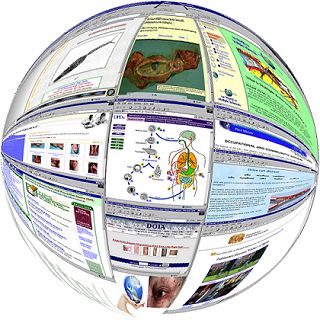How Can Second Life Be Used by the Visually Impaired
http://coolcatteacher.blogspot.com/2008/09/how-can-second-life-be-used-by-visually.html
Tuesday, September 16, 2008
People with special needs and learning differences are near and dear to my heart, so this is one that has to be passed along.
Whether or not Second Life is the platform of our future, if you’re attending conferences like NECC and listening to academicians, 3D virtual worlds USED WELL can reach kids who we’re struggling to reach everywhere.
Today, this is what is happening:
Louise Later (SL), who is legally blind, will be with us to discuss how Second Life is used by the visually impaired. She will demonstrate two scripted objects currently under development designed specifically for the visually impaired: a mobility cane and a guide dog, and she will also talk about how EVA (an screen readin g tool) benefits visually impaired users, and her work with Virtual Ability, a Colorado-based startup developing products to assist people with different type of disabilities to utilize Second Life.

 * Hear keynote presentations from Randy Hinrichs and Ramesh Ramloll(Moriz Gupte in Second Life).
* Hear keynote presentations from Randy Hinrichs and Ramesh Ramloll(Moriz Gupte in Second Life).


